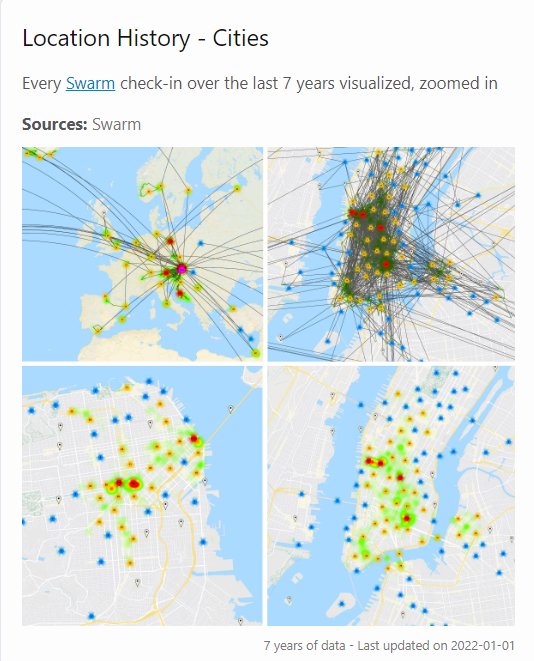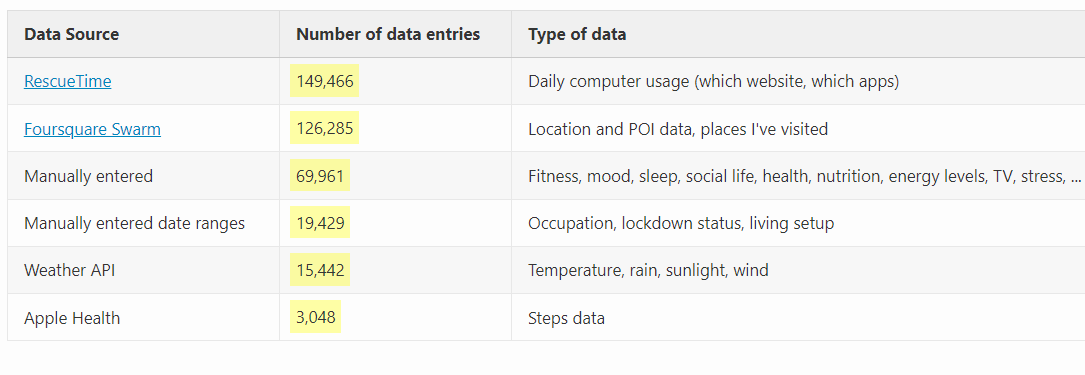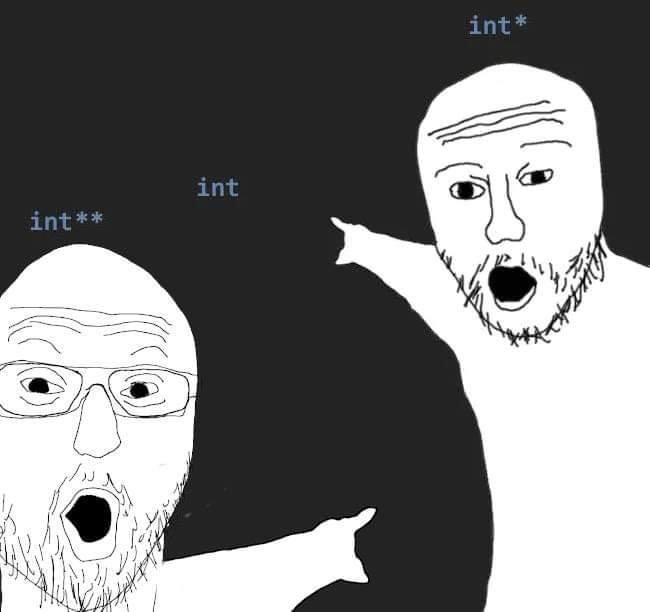This weekly is about sharing something that triggers my desire to share, three or four topics at a time. I think it’s not just aggregated information collection, but a lot of my own related insights, which is more readable and doesn’t make me look like a robot collecting information.
Let me know if you have any suggestions so I might be able to do it better.
How to Read Technical Books Efficiently
How to Read Technical Books Effectively
When I was in school, I often read technical books, and I felt that there were a lot of good technical books at that time. Now I read less technical books, and most of the time I read the electronic version, and I don’t have the feeling of being soaked in books.
This article talks about how to read technical books efficiently. Efficient means getting the value in the book in the shortest time. In the text, the first thing to distinguish is “reference books” and “non-reference books”.
We can quickly browse the reference books, build a knowledge index in our minds, and come back to read the specific details. for example:
- Design Patterns: Elements of Reusable Object-Oriented Software
- Practical Object-Oriented Design in Ruby: An Agile Primer
Non-reference books:
- The Pragmatic Programmer: your journey to mastery
- Clean Code: A Handbook of Agile Software Craftsmanship
I don’t agree with the author’s example. Whether a book is listed as a reference category depends on the reader’s time and accumulation. For example, the book on design patterns above, it would be good for students to read it from beginning to end when school students have time.
For engineers who have recently established a knowledge index or experienced engineers, a book may be partly reference and partly non-reference. For example, I was reading “Advanced JavaScript Programming” recently, and I think the object-oriented part of JavaScript is worthwhile. Intensive reading, and the other chapters, such as Canvas, are reference chapters for me, and I will read them when I need them.
So to get a book, it is best to have index knowledge roughly similar to a map, otherwise reading from beginning to end will have little effect.
The author finally mentioned one point that I agree with, that is, explaining what I have learned in my own words is very important and not easy to achieve. In addition, I think that if you can use it in practice, you can really master it, otherwise it’s all on paper.
After working for a few more years, I feel that the anxiety of learning technology has disappeared. I probably realized that I will never master all the skills, and I also realized that the ability to learn is more important. In addition, things in work and life are far more difficult and complex than simple technical learning 
Product-minded engineer
The Product-Minded Software Engineer – The Pragmatic Engineer
Previously shared Liu Jianshuo’s article on creators and implementers: Creators and Implementers . This English article describes the product thinking of engineers.
Product-minded engineers are developers who are very interested in the product itself. They want to understand how decisions are made, how people use the product, and they like to be involved in product decisions. If they give up the fun of engineering, they can become a good product manager. Last time I listened to the podcast “Talking about WeChat 8.0 and How Product Managers Grow”, Zhang Xiaolong talked about his thinking as an engineer, and the engineer’s thinking is very important when making products, including logical reasoning ability, data analysis ability, etc.
Rare capabilities are often combined, and any combination of technology, management, products, and operations can improve their scarcity.
If you want to become a more product-minded developer, here are some suggestions:
- Understand the business logic of your company and why it succeeds or fails
- Have a closer relationship with the product manager, rather than what he tells you to do, you execute such a one-way relationship
- Understand the upstream and downstream of the work, and deal with people with different roles
- Broader and in-depth participation in user research, needs analysis, data and results analysis
- Offer trade-offs in engineering and technology, value feedback from non-technical people
Last week, I just saw the uniqueness of Facebook’s engineer culture written by Cat Chen. It seems that Facebook is adhering to this concept. Engineers must be responsible for products end-to-end and results, so there is a close collaboration relationship with PM.
I worked on a logistics-related system in DJI for a while, and went to the warehouse to communicate with the logistics personnel following the business analysis, which is interesting in retrospect. In short, not only focusing on technology, maybe it can bring a different experience and a greater sense of accomplishment to the development work.
data visualization
How I put my whole life into a single database · Felix Krause
The author visualized a lot of data in his life, doing it very cool , and all the code is open source. This data includes what you ate, weight, mood, location, amount of exercise, and more.

Where does the data come from? There are the following sources:

For manually entered data, the author uses the Telegram API to write a robot that allows itself to send data in the dialog box:
This is a good idea, someone said last time on Github that they want to make a Telegram bot for obweb. I also thought about whether I could directly enter inspiration notes in WeChat like flomo. This week, I looked at the WeChat interface a little and found that the public account needs WeChat verification to have the permission of that interface. Well, I gave up.
Another example of data visualization I saw this week was a tool released by PingCAP for viewing data about open source projects.
Open Source Software Analysis and Comparing Tools
I played it, and it feels like it’s doing really well!
speech


Humor

This article is reprinted from: http://catcoding.me/p/weekly-12/
This site is for inclusion only, and the copyright belongs to the original author.